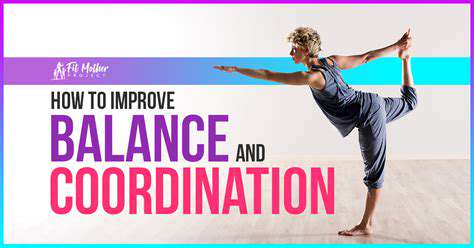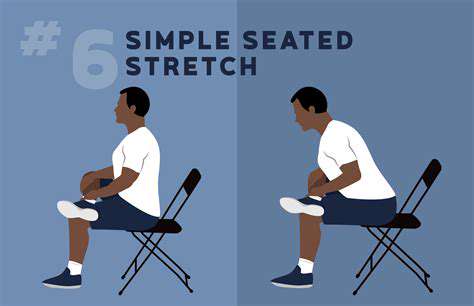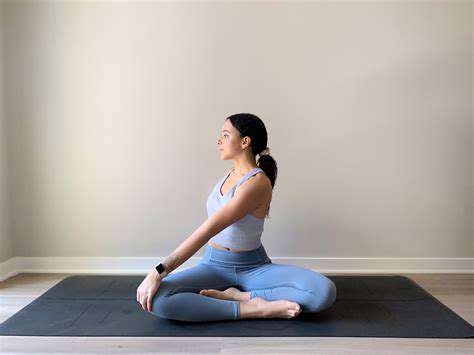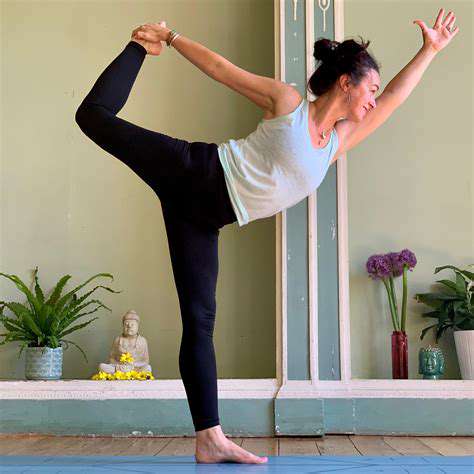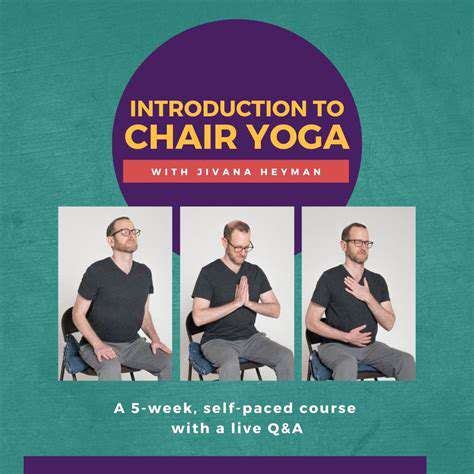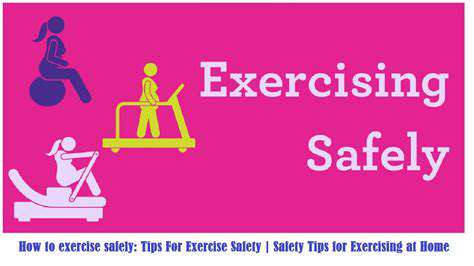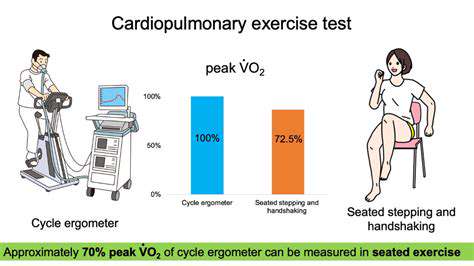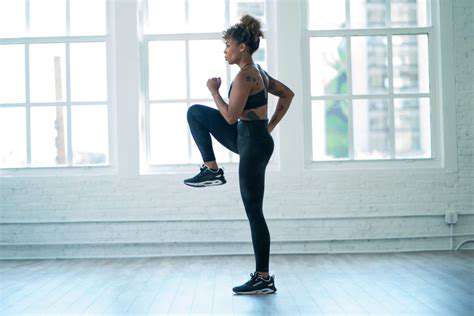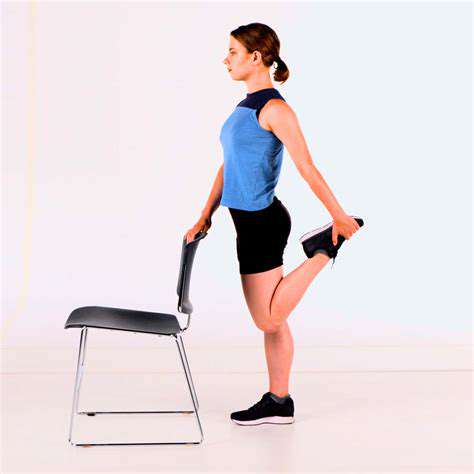Staying Independent: Fitness Tips for Active Seniors
Complete Guide to Fitness for Seniors: Scientific Exercise and Healthy Living
1. New Proposals for Aerobic Exercise
1. The Secret to Finding Joy in Exercise
Only by finding a truly enjoyable way to exercise can one sustain it. Following the natural rhythm of music while dancing, feeling the gentle embrace of water while swimming—these bodily memories turn exercise into enjoyment. A 2020 study published in the American Journal of Preventive Medicine confirms that seniors who choose fun aerobic exercises are 47% more likely to maintain their exercise habits after three years than those who follow conventional exercise routines.
The secret of exercise combinations lies in the blend of dynamic and static movements. Alternating steady-state training like brisk walking and swimming with explosive movements like jumping jacks and squat jumps not only enhances cardiovascular function but also improves lower body explosiveness. Trying new walking routes each week or varying swimming strokes in the pool can prolong the freshness of your exercise routine threefold.
2. The Art of Goal Setting
Measurable progress is the motivation to persist. Instead of setting vague goals to increase exercise, start with three days a week of 20 minutes of brisk walking. Tracking data from the Centers for Disease Control and Prevention shows that older adults who adopt progressive goal management improve exercise compliance by 62%. Remember to use your phone to track each workout; watching the map grow longer provides a sense of achievement that will push you to keep going.
3. The Magic of Social Fitness
Tai Chi groups in community squares and walking groups in parks contain the secret to persistence behind their engaging atmosphere. Research from the Journal of Aging and Physical Activity finds that individuals who exercise in groups have a 38% higher enjoyment score than those who exercise alone. When exercise becomes a social activity, sticking to it no longer feels like a chore.
4. Practical Guide to Heart Rate Monitoring
Fitness trackers are not just toys for young people. Maintaining a heart rate within 50-85% of your maximum heart rate (220 minus your age) ensures both safety and effectiveness. For example, a 65-year-old should keep their heart rate between 77-131 beats per minute during exercise. It’s recommended to schedule one low-intensity recovery session following two sessions of moderate-intensity aerobic exercise each week to allow the cardiovascular system to rest and recover.
5. New Understanding of Exercise Nutrition
Consuming 200ml of electrolyte water before and after exercise can enhance performance by 15%. During the 30-minute golden window post-exercise, a simple combination of banana and yogurt can quickly replenish glycogen and promote muscle repair. These small details accumulate to yield significant improvements in fitness results.
6. The Value of Professional Guidance
Water-based Tai Chi for those with high blood pressure and low-impact aerobics for joint degeneration require personalized assessments. A comprehensive physical fitness test is more beneficial than blindly following routines for three months. It’s advisable to consult a rehabilitation therapist for fitness evaluations every quarter to adjust your training plan as needed.
2. Comprehensive Guide to Strength Training
The Power Code to Anti-Aging
Muscle is a natural anti-aging agent. Research from the Journal of Aging showed that sustained strength training for six months boosts the basal metabolic rate by 7.2%, equivalent to burning an extra bowl of rice each day. Even more surprising, a study from the University of Illinois found that seniors who regularly lift weights scored 22% better on memory tests, proving that muscle training indeed benefits cognitive function.
Home Training Manual
Using a chair for squats and practicing leg raises against a wall are safe and effective at-home exercises. Initially, schedule 20 minutes of strength training on Tuesdays, Thursdays, and Saturdays, and be sure to allow larger muscle groups to rest in rotation. Once bodyweight training becomes easier, you can use a filled mineral water bottle as a transition tool to gradually increase the load.
3. The Path to Flexibility and Balance

The Youth Code of Flexibility
Doing a 5-minute \towel stretch\ every morning—holding both ends of a towel and bending sideways—can effectively improve spinal flexibility. After three months of persistence, the average joint range of motion increases by 34%, and tying shoelaces no longer feels strenuous.
Practical Skills for Balance Training
Standing on one foot while brushing your teeth is a practical exercise that can improve balance by 27%. Start with 10 seconds at a time and gradually extend to one minute. For advanced practitioners, try standing on one foot with your eyes closed, but be sure to do this on a non-slip mat.
4. Scientific Diet Analysis
Hydration Wisdom
Make a \hydration reminder bottle\: attach time labels on a transparent cup, drinking to the respective marks every hour. Adding lemon slices or mint leaves can naturally increase water intake by 40%.
Nutrition Combination Secrets
Divide your plate into four sections: 1/4 high-quality protein (fish, soy products), 1/4 whole grains, and 1/2 various vegetables. This \rainbow plate method\ ensures nutritional balance while controlling caloric intake.
5. Body Wisdom and Professional Support
Understanding Body Signals
If you experience muscle soreness lasting more than 48 hours after exercise or a resting heart rate that increases by 15 beats per minute compared to usual, it's time to adjust your training intensity. These warning signals are the body’s most honest language.
Customized Training Plans
Professional fitness assessments should include: joint range of motion tests, balance capability assessments, and muscle endurance evaluations. A training plan based on the results can increase exercise efficiency threefold.
